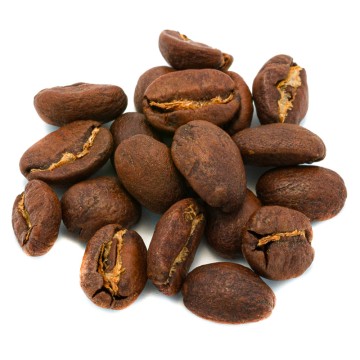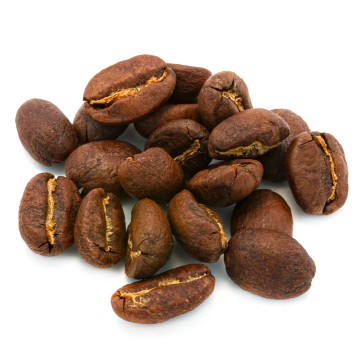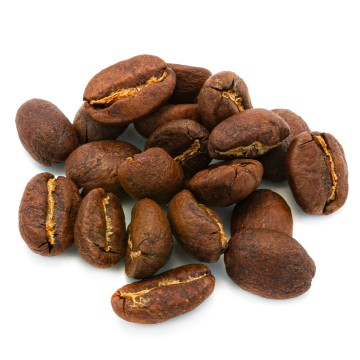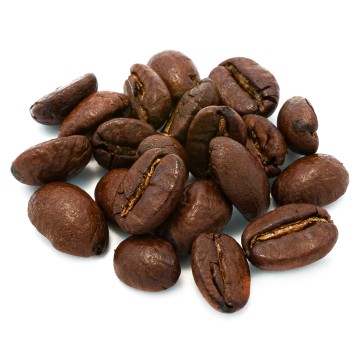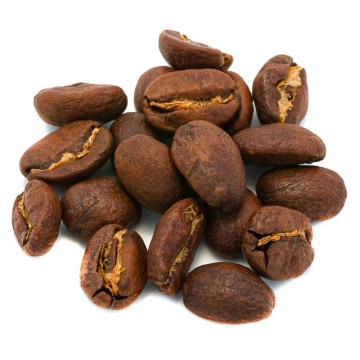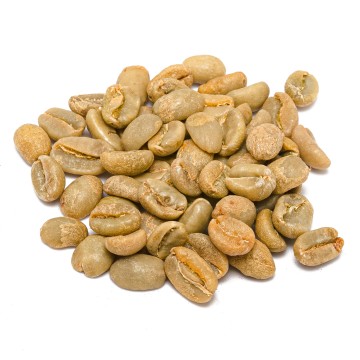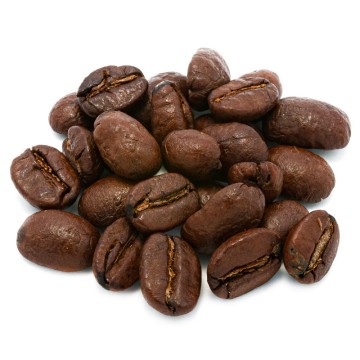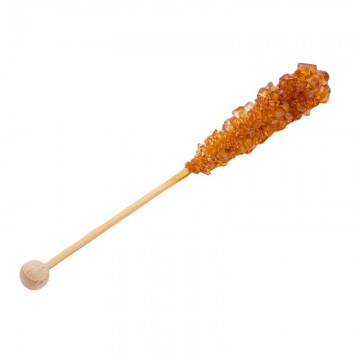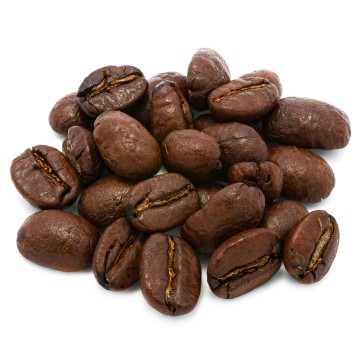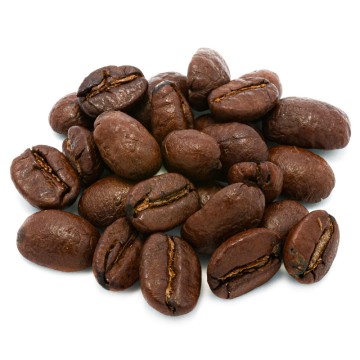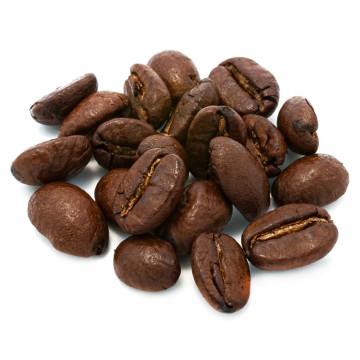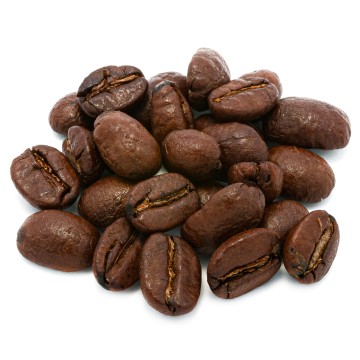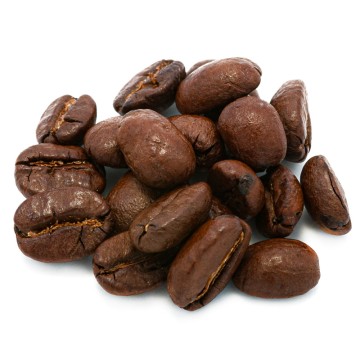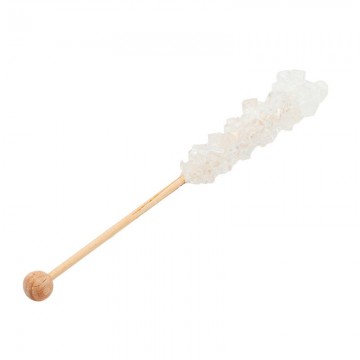If the combination of coffee and cocoa is practically a classic and if the marriage between orange and chocolate is also particularly appreciated, for example in orange chocolate bars, why not try enjoying them together? So here is an arabica coffee flavored with chocolate and orange aroma.
Cocoa, the orange and the coffee plant, origin of the plants and diffusion
It may sound strange but throughout antiquity and the Middle Ages in Europe not only were cocoa (obvious since it comes from America) and coffee unknown, but even orange , originally from the East, was not introduced until the 15th century. The orange is native to China, like almost all citrus fruits it is a hybrid (there are only three original citrus fruits: mandarin, pomelo and cedar) selected about 4000 years ago but introduced into Europe by the Portuguese only in the 15th century. The rivals of the Portuguese, the Spanish, were responsible for the introduction of cocoa, some seeds were already donated to Christopher Columbus but it was Hernan Cortes who introduced it to Europe in 1528. Coffee, on the other hand, was brought to us by the Arabs at the beginning of the 1600s and from this comes the adjective arabica even if the plant originates from Africa. Obviously the important difference between these plants is that in the European climate coffee and cocoa do not take root easily even if cultivation attempts are recently being made and therefore they are still imported today, while citrus fruits in Southern European countries, Spain and Italy first of all, they have become at home.
Coffee could be obtained from various plants of the Rubiaceae family, but in reality two of all the species of the Coffea genus are used: Coffea arabica (most prized) and Coffea canephora which is commercially called robusta. There is another species of Coffea of commercial interest and it is Coffea liberica, not so much because, as the name suggests, coffee is actually made in Liberia, but because it has been used in crossbreeding to select varieties of arabica hoping to make them resistant to rust of coffee leaves, a devastating plague caused by the pathogenic fungus Hemileia famatrix. Coffea arabica originates from Ethiopia, in this country there is a real coffee ceremony which has an important social and cultural value, however in the other African countries where it is grown today it was introduced by European colonizers.</p >
In Europe, Coffea was introduced by the Turks at the beginning of 1600 in Vienna, in Italy it was imported for the first time in Venice at the end of 1600, the success was immediate: in the middle of the century next Venice was already full of cafés and they were spreading to the rest of the peninsula. Cocoa is obtained from Theobroma cacao, a plant native to America belonging to the Malvaceae family, it is an evergreen tree that grows on average up to 5/10 meters. The cocoa fruit, called cabossa, has an oval shape and is 10-15cm long, as in the case of coffee, cocoa is obtained from the seeds but the cabossa is edible, the gelatinous pulp that surrounds the seeds is rich in sugars and has a pleasant flavour, it has recently been rediscovered and is used to prepare sorbets, ice creams, juices and concentrates. Citrus sinensis dulcis (also called citrus aurantium dulcis) is a fruit tree belonging to the Rutaceae family and the Citrus genus. As anticipated, modern genetic studies have established that all the species of this genus are hybrids deriving from the cross between the three original citrus fruits which are: cedar, pomelo and mandarin.
The orange is a not very large tree that can reach 12 meters in height and is the result of a cross between pomelo and mandarin that occurred 4000 years ago. Originally from China and South-East Asia, it was introduced into Europe only in the 15th century. We use the conditional because there are Latin texts which demonstrate that the Romans knew the orange (probably arrived by land via the Silk Road) and that it was also cultivated in Southern Italy, it is very likely that both things are true, that is, that after the fall of the empire, cultivation stalled and that the plant was only reintroduced many centuries


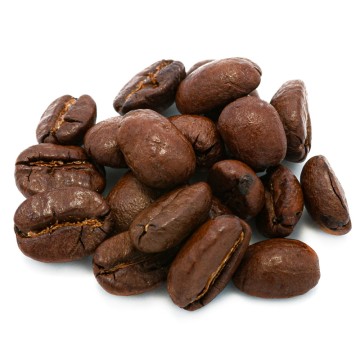
 No reward points for this product.
No reward points for this product.
